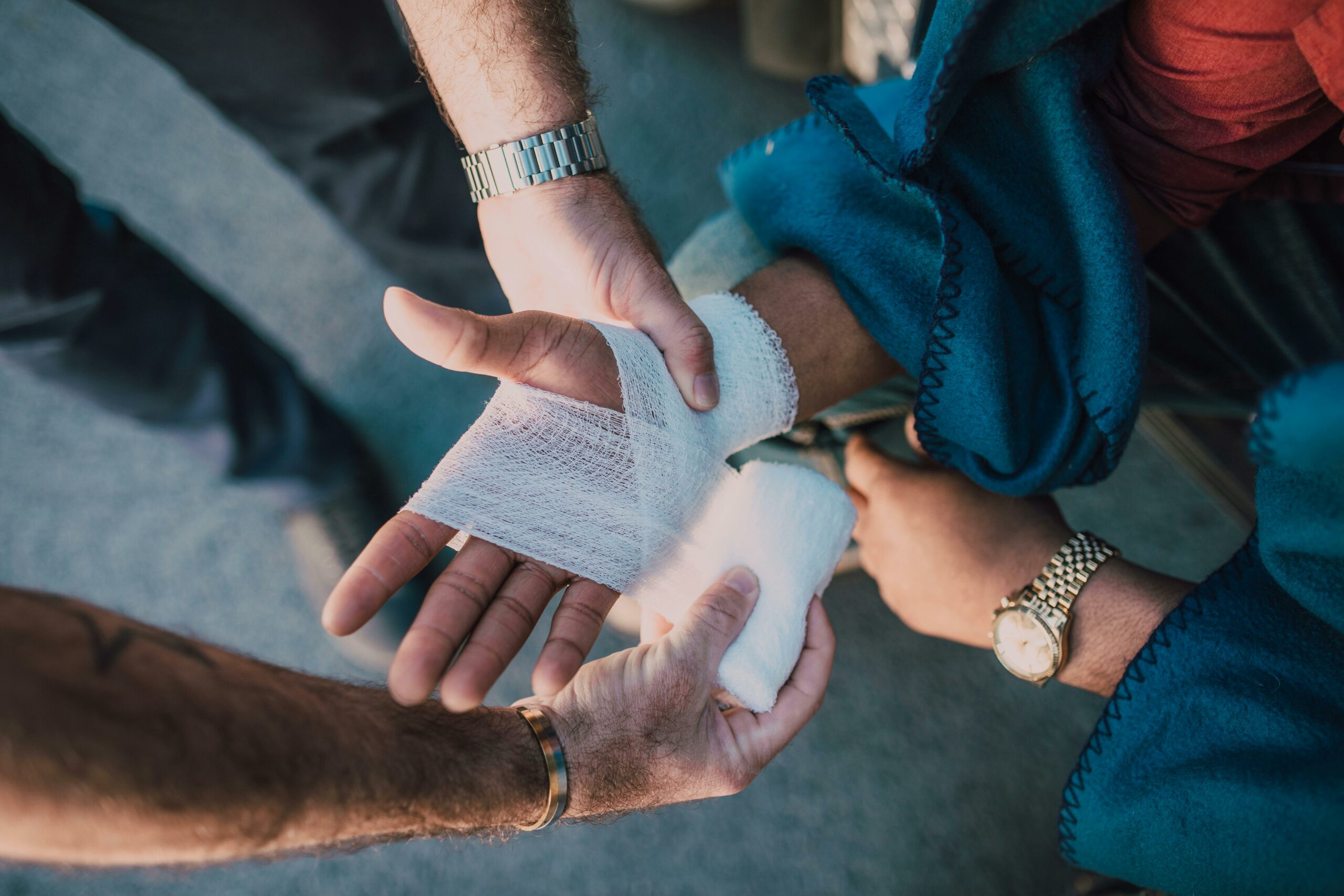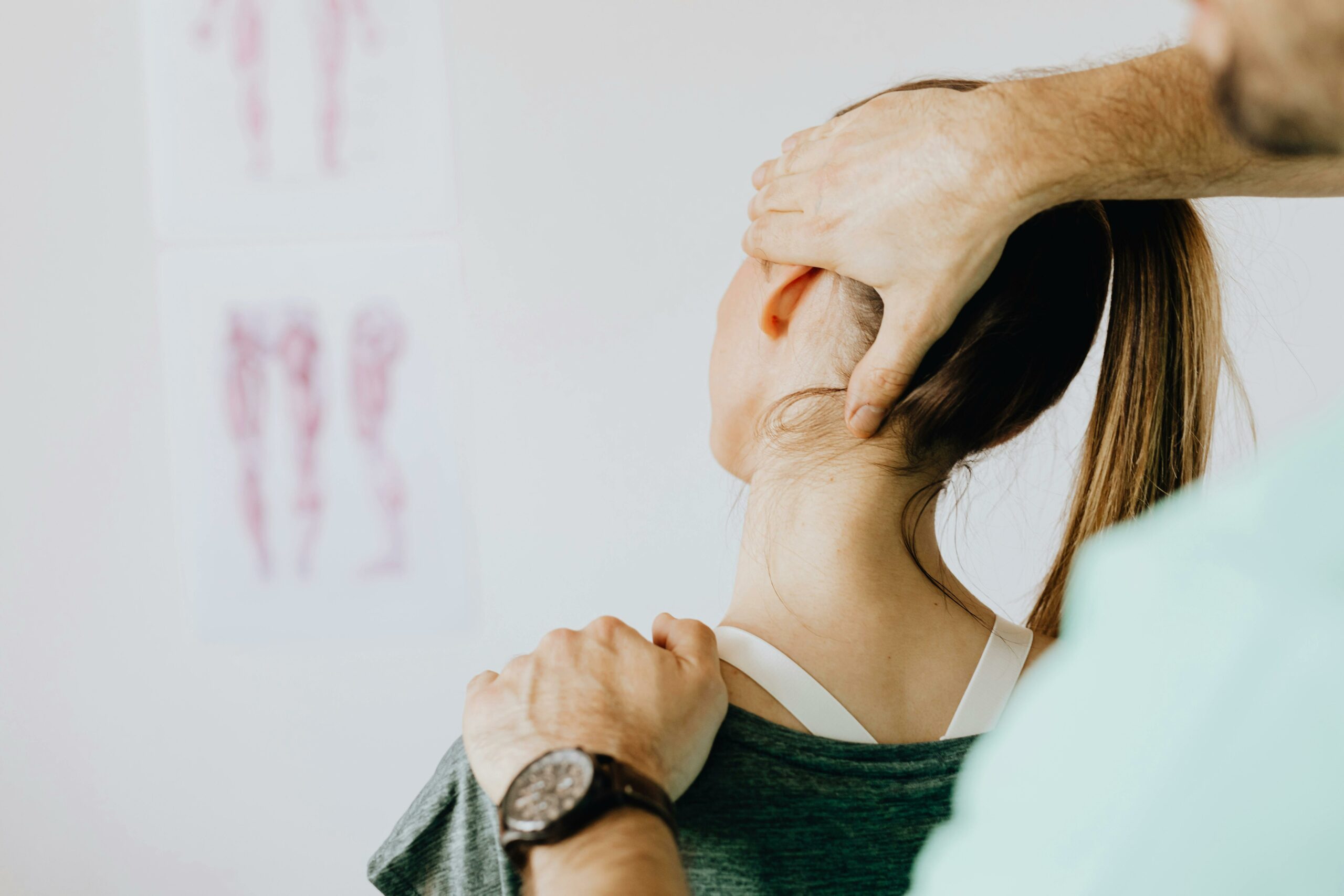Slips, Trips And Falls In The Workplace – And How To Avoid Them

Slips, trips and falls are the most common causes of workplace accidents, resulting in over 40% of all reported major injuries, according to the Royal Society For The Prevention Of Accidents (ROSPA). Slips, trips and falls in the workplace can happen in any environment, from offices to warehouses, leading to physical harm and impacting productivity.
The Health and Safety Executive (HSE) provides comprehensive guidance to help employers identify and mitigate hazards that cause slips, trips and falls. HSE highlights the need for proactive measures and effective training to foster a culture of safety in the workplace. Taking steps to prevent slips, trips and falls means businesses can substantially reduce the risk of avoidable accidents.
This article will explore:
- What Are Slips, Trips And Falls?
- Regulations For Slips, Trips And Falls
- Slips, Trips And Falls Hazards
- Common Injuries From Slips, Trips And Falls
- How To Prevent Slips, Trips And Falls
What Are Slips, Trips And Falls?

Slips, trips and falls each have certain defining features that make them slightly different from one another.
Slips
Slips occur when there is a loss of traction between footwear and the surface a person is walking on. They are often due to slip hazards like wet floors, shiny floors, or slippery floors.
Trips
A trip typically happens when the foot strikes an object leading to a loss of balance; for example, an uneven surface or equipment that’s been left in the way. Trip hazards may include obstructions, poor lighting that restricts visibility, or human error.
Falls
Falls result from a slip or trip, when a person quickly and unexpectedly falls. The causes of a fall are the same as for slips and falls, but the outcome may be more severe.
Regulations For Slips, Trips And Falls
Whilst there is no specific legal framework for slips, trips and falls, there are general standards within workplace health and safety laws that cover this area. Under the Health And Safety At Work Act 1974, all employers must take reasonable steps to ensure the health and safety of their employees. This includes controlling necessary risks so that people do not slip, trip or fall. Regulation 12 of the Health And Safety Act 1992 also states that floors to be suitable, in good condition and free from obstructions, and that people should be able to move around safely.
Slips, Trips And Fall Hazards
Understanding common slips, trips and falls hazards is crucial to implementing effective plans to minimise the risks of accidents. These are some of the common causes of a slip, trip or fall.
- Wet or slippery floors – Slip hazards can result from spillages, cleaning practices like mopping the floor, or weather conditions, such as rain or snow
- Uneven surfaces – Damaged, poorly maintained, or slippery flooring can lead to trips
- Poor lighting – Inadequate lighting increases the risk of trips and falls, as there is reduced visibility and people may not see hazards on the floor
- Obstructed walkways – Badly organised workspaces and clutter mean people are more likely to trip over obstructions
- Unsuitable footwear – A lack of suitable footwear can impair the grip on certain surfaces. This is why some industries, such as construction, have rules and regulations around clothing and footwear
Common Injuries From Slips, Trips And Falls

Common injuries from slips, trips and falls vary according to the severity of the accident, but the most common types of injuries include:
- Sprains and strains – These often affect the ankles, wrists, and knees, and occur when ligaments are overstretched or torn
- Broken bones or fractures – 95% of major slips result in broken bones. The most common places are the wrist, arm, ankle, or leg
- Bruises and contusions – Impact with the ground or objects can lead to severe bruising to various body parts
- Head injuries – These can range from minor concussions to severe brain injuries, particularly if the head hits a hard surface
- Cuts and lacerations – Sharp objects or rough surfaces can cause skin wounds. Hands can be badly cut if used to reach out and stop the fall
- Back injuries – A bad fall can damage the spine or surrounding tissues, resulting in back injuries that limit short or long-term mobility
The Cost Of Slips, Trips And Falls At Work
With slips, trips and falls ranking among the most common causes of workplace accidents in the UK, there is a significant impact on businesses. The estimated cost of this is £512 million per year in lost production and other associated costs, such as:
- Insurance premiums
- Potential legal payouts
- Loss of productivity due to staff absence
- Fines and enforcement costs; for example, Fee For Intervention
Some industries will have higher reported cases of slips, trips and falls in the workplace, such as hospitality and manufacturing. It’s crucial to evaluate and assess the specific risk factors in every workplace that can contribute to slips, trips and falls. HSE can take legal action against any businesses not adequately protecting employees, which not only costs companies money, but their reputation too.
How To Prevent Slips, Trips And Falls
To improve employee safety, businesses should focus on identifying and managing risk factors for slips, trips and falls effectively. Here are some key strategies:
- Regular inspections – Visually assess walking surfaces to check for uneven areas, slippery floors, and poor lighting, before correcting any issues promptly
- Control measures – Implement non-slip flooring, install adequate lighting in all areas and ensure walking areas are clear of clutter and debris
- Suitable footwear – Make sure employees have appropriate footwear with adequate grip, especially if there are hazards increasing the risks, such as a requirement for manual handling
- Housekeeping – Maintain a tidy environment with systematic processes for cleaning and maintenance
- Training – Educate workers about potential hazards and safe practices
- Signage – Use warning signs to alert employees or visitors to wet floors or hazardous areas
Slips, Trips And Falls Risk Assessment
The most effective way to reduce the potential for accidents is to complete a slips, trips and falls risk assessment as part of an overarching health and safety risk assessment.
This will detail any slips, trips and fall hazards, evaluate how much of a risk factor they are within the individual workplace, and suggest control measures to eliminate or reduce these risks. For example, wet floors could be the hazard, which would be a bigger risk in a retail outlet with high footfall and close proximity to the outdoors, but less of a risk in a carpeted office in a high rise building. The control measure would be to use warning signs and non-slip mats, and ask staff to wear appropriate footwear.
Proactively implementing a slips, trips and falls risk assessment can lower the risk of injury, creating a safe and compliant workplace for all.
Slips, Trips And Falls Training
To bolster health and safety at work and reduce risks further, businesses can send those responsible for health and safety at work on specialised training courses. Rhino Safety provides Slips, Trips And Falls Training for business owners and employees to effectively manage the risks associated with these types of accidents. You will learn about real life examples of where avoidable injuries have been sustained by staff because of inadequate health and safety procedures, and how things could have been done better. With slips, trips and falls being the most common cause of workplace injuries, learning more about this area of health and safety could save your business time and money.
Prevent Slips, Trips And Falls With Rhino Safety
Rhino Safety delivers expert health and safety solutions to businesses nationally and internationally. We can support you with all aspects of health and safety, including slips, trips and falls management, for a better, safer and more compliant workplace.
Talk to us to find out how we can improve health and safety for you, your staff and visitors now.
